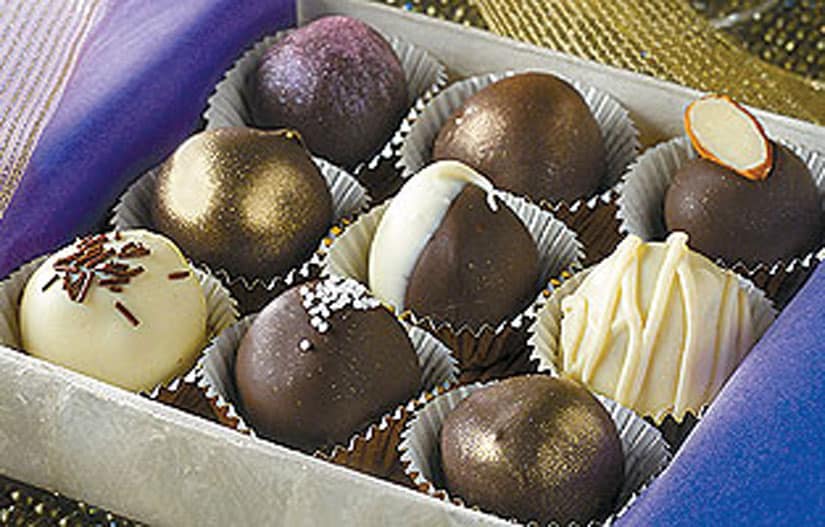Richness

One flavor house1 describes ‘richness’ as “hard to define in words but easy to experience on the tongue.” Richness, it says, is “brought about by a complex blend of taste and aroma components working in harmony to provide a soothing, succulent and desirable taste profile.”
What is it about eggs that contribute the elusive quality of ‘richness’ to a dish? In some applications, the richness is due to the complex relationship between the fat in the egg yolk coupled with the lecithin’s emulsifying abilities. In other applications color plays a role. This applies to sauces and condiments like mayonnaise as well as baking applications.
In mayonnaise, for example, the egg yolk works in multiple ways including its surface active agents lecithin and cholesterol, while the egg proteins help form a solid gel structure when coagulated by the added acid component in that style formulation. “Much of the creaminess and richness of mayonnaise is obtained from the combination of oil and eggs in the formulation.”2
The fat from whole eggs or egg yolk provides baking applications with “extra-rich flavor and a velvety texture.” The emulsification properties, that aid in an even distribution of fats and liquid throughout the mixture helps create “smooth batters, satiny custards and creamy curds.”3 This relates more to mouthfeel than to flavor, and plays a role in that elusive property of “richness,” described earlier.
Finer culinary magazines all recommend egg for their richness “Raw egg yolks add richness to all kinds of baked goods from brioche to cake.”4 Egg yolks add a really lovely richness and thickening power to custards and ice cream bases.5 “Whole eggs and milk solids, as constituents of most sweet dough formulations add richness, flavor and tenderness to the product.”6
Even color plays a role in consumer perception of richness. The fat-soluble carotenoids, mainly xanthophyll and minor amounts of carotenes, are responsible for the deep yellow-orange color of the yolk. The intensity of the yellow color in some products that contain eggs, such as cakes, noodles or bread, “is regarded by many consumers as a token of ‘richness.’”7
Certain breads that include whole eggs or extra yolks, commonly described as egg breads, rely on eggs to provide these breads with increased volume, “added richness,” better shelf life and additional protein content. These same egg breads, the reference notes, are baked at a relatively lower temperature than other style breads due to their characteristic “richness” and to obtain a desirable brown crust color.7
References
- O’Brien R. (2004). Fats and Oils: Formulating and Processing for Applications, Second Edition, CRC Press, LLC, Boca Raton, Florida, USA
- http://www.thekitchn.com/baking-school-day-1-all-about-eggs-and-baking-222479 (accessed May 17, 2017)
- http://www.bonappetit.com/test-kitchen/ingredients/article/baking-with-hard-boiled-egg-yolk
- http://joythebaker.com/2013/10/baking-101-why-we-use-large-eggs-in-baking
- Food Engineering Aspects of Baking Sweet Goods, page 33 Servet Gulum Sumnu, Serpil Sahin, CRC Press, 2008
- The Complete Technology Book on Bakery Products (Baking Science with Formulation & Production) 3rd Edition NIIR Board of Consultants & Engineers, 2014
